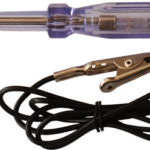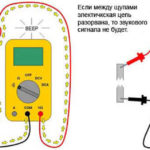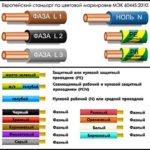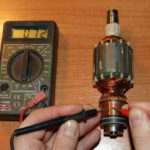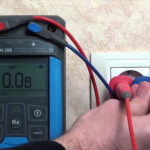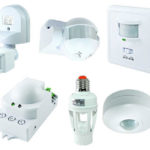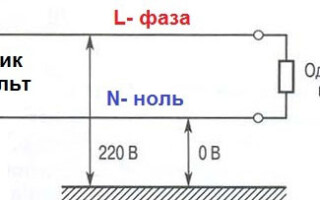When installing outlets, switchesThe main problem you have to deal with is determining the phase and zero in the electrical wiring. If for experienced electricians this task is not a problem, those who are new to this issue, there are many confusing moments. Therefore, it is necessary to understand how and what you can identify phase and zero in the socket, what is the purpose of the wiring wires and whether you can do without special equipment.
Contents
Conception of a phase and zero
Electrical power to a home comes from a transformer substation, the main purpose of which is to convert high voltage most often to 380V. Electrical power is brought to the house by underground or overhead means at the input switchboard. Then the voltage is fed to the switchboard of each entrance. Only one phase with zero, i.e. 220 V and a protective conductor (depending on electrical wiring designs).
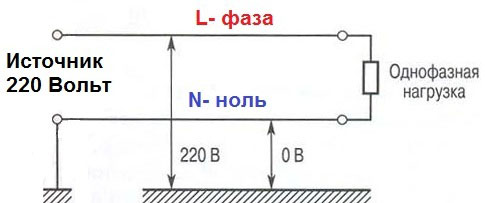
Thus, the conductor that provides the current to the consumer is called the phase conductor. Inside the transformer the windings are connected in a star with a common point (neutral), grounded in the substation. It is brought to the load by a separate wire. The zero, which is a common conductor, is designed to reverse the current flow to the power source. In addition, the neutral conductor equalizes the phase voltage, that is, the value between the zero and the phase.
Ground, often referred to simply as earth, is not connected to the voltage. Its purpose is to protect a person from the effects of an electric current when a consumer malfunctions, i.e., when a breakdown occurs on the ground. This can occur when the insulation of the conductors is damaged and the damaged section of the appliance enclosure is touched. But because consumers are grounded, when hazardous voltages occur on the enclosure, the grounding draws the hazardous potential to the safe ground potential.
How to identify phase and ground with a screwdriver
One way to find out where phase and zero are in a socket or power cable is to use screwdriver. The tool looks like a screwdriver, but inside it has a special plug with an LED. Before you start measuring, you need to turn off the circuit breaker, through which the voltage is fed into the room. After that, the ends of the wires to be tested must be stripped, for which 1.5 cm of insulating material must be removed.
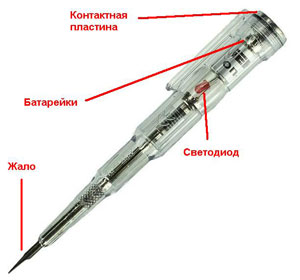
To avoid a short circuit between the wires, they should be pointed in different directions after turning on the circuit breaker. When all preparations have been made, it is necessary to turn on the circuit breaker to apply voltage. To understand how to find the phase and zero, the following steps are necessary:
- Clamp the screwdriver between the two fingers - With the middle finger and thumb, avoiding touching the bare part of the tool's tip.
- Use your index finger to touch the metal tip on the opposite side of the screwdriver.
- Use the flat end of the indicator to touch the stripped conductors one by one.
- When the tester touches the phase, the LED will light up. The second wire will correspond to zero. If there is no indication, the conductor will initially be a zero conductor.
How to determine phase and zero with a multimeter
The device used to measure voltage, current and resistance is called a multimeter. To identify the phase and neutral conductors with it, you first need to set the device, for which you select the desired measurement range. In the case of digital instruments set 600, 750 or 1000 "~V" or "ACV».
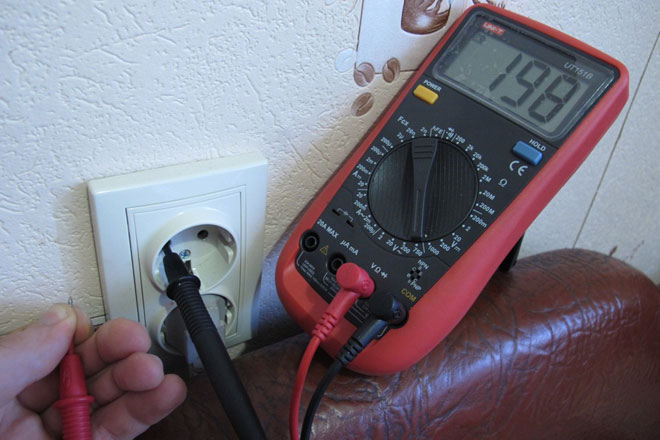
Phase identification is performed as follows: Connect one of the probes of the instrument to the contact of the socket or cable and touch the second probe by hand. When the display shows about 200 V, it will indicate the presence of a phase. Readings may vary, depending on the finish of the floor, shoes, etc. If the device displays zeros or voltages between 5 and 20 V, then the contact corresponds to zero.
How to determine the phase and zero without instruments
Sometimes there are situations where a screwdriver to determine the phase or multimeter at hand, but you need to figure out what wire corresponds to what. Therefore, you should be guided by the color coding of the wires of the power cable. With respect to wire marking, there is a standard IEC 60446-2004.This is a standard to which cable manufacturers must adhere, as well as electricians who perform the connection of certain electrical fittings.
To determine the color of the wireto which conductor it corresponds, the following markings should be observed:
- blue or blue - zero;
- brown - phase;
- ground - green-yellow.
However, the phase wire is not only brown. There are often other colors such as white or black, but they will be different from ground and zero. You can visually identify the wires in the junction box, chandelier, and other power points.
There is another way to determine where the phase and zero are in the absence of appliances. This will require an incandescent bulb with a socket and two small sections of wire. After connecting the conductors to the socket, you can begin work. The edge of one wire touches the pipe of the heating system, the other wire touches the tested conductors. If the lamp lights up at the moment of contact, this indicates the presence of a phase. The pipe for such an event must be metal, because plastic does not conduct current.
It should be borne in mind that this method, although it allows you to identify the phase and zero, but it is dangerous, because there is a high probability of getting an electric shock. Therefore, it is safer to use neon bulbs for the purposes under consideration.
Related articles:
